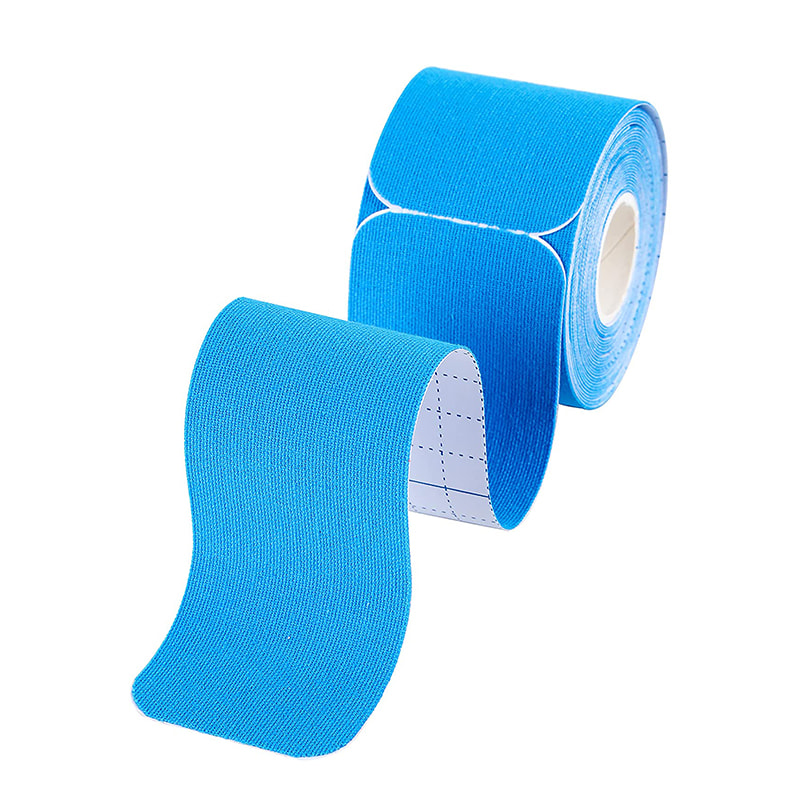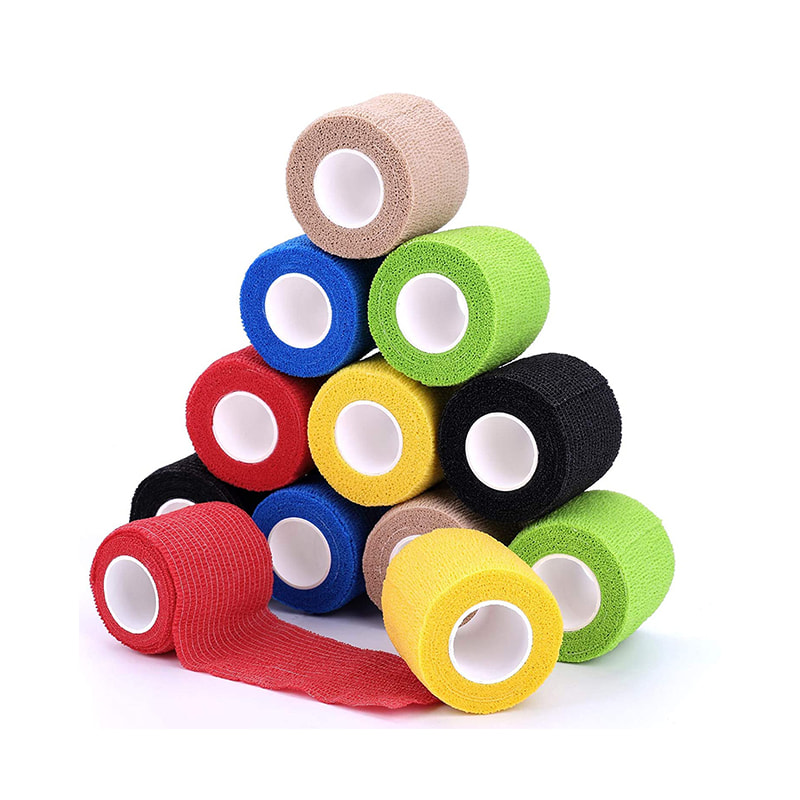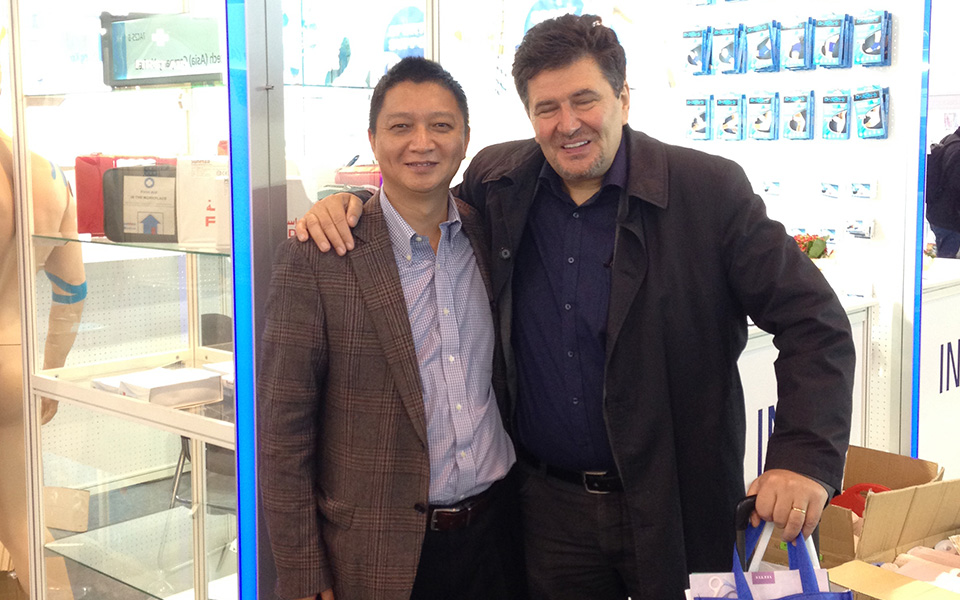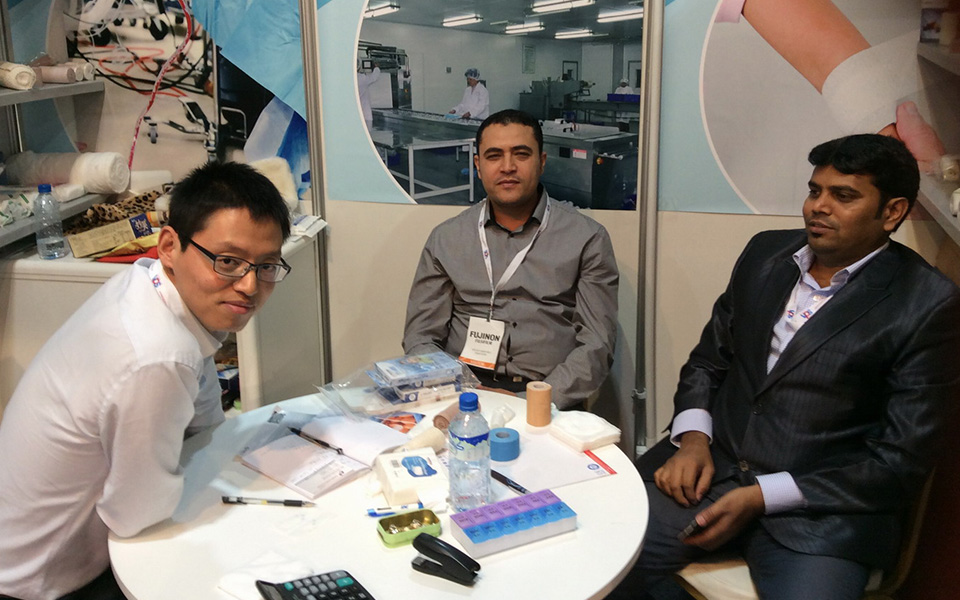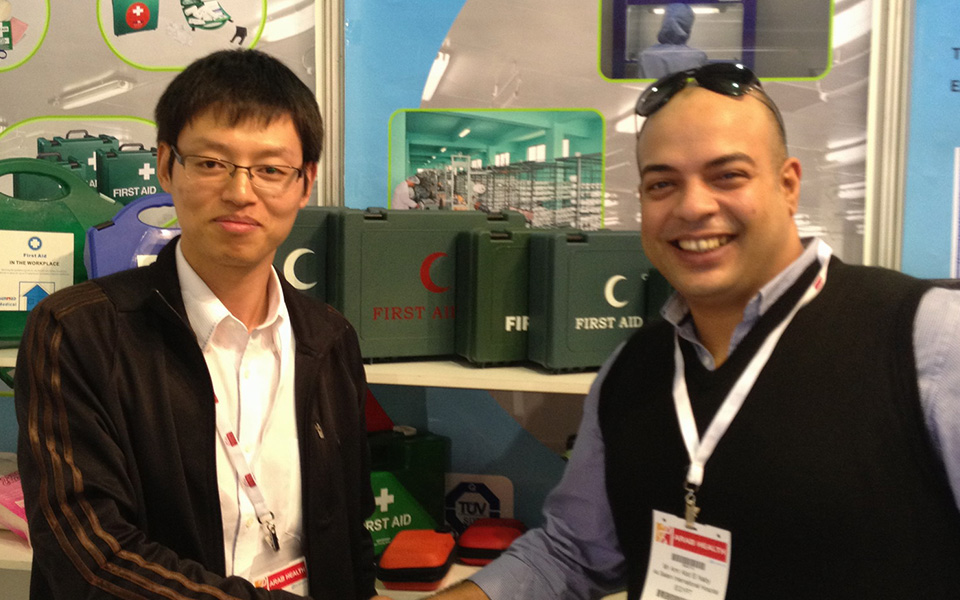Adhesive Bandages are an indispensable tool in modern medical care and are widely used in daily life to help treat various minor wounds and abrasions. Although they seem simple, there is a lot to learn about the types, functions, and proper use of Adhesive Bandages.
Adhesive Bandages usually consist of the following parts:
Located in the center of the Adhesive Bandages, it is usually made of gauze or other absorbent materials to absorb fluids exuding from the wound and prevent infection.
Located at the bottom of the Adhesive Bandages, it is used to fix the Adhesive Bandages to the skin. High-quality adhesives should be gentle and not easily cause skin allergies.
The outer layer of the Adhesive Bandages is usually a waterproof or stain-resistant material to protect the absorbent pad from external contamination.
There are many types of Adhesive Bandages for different wounds and needs:
This is the most common type and is suitable for small cuts, scratches, and minor abrasions. They usually come in a variety of sizes and shapes to suit wounds in different locations.
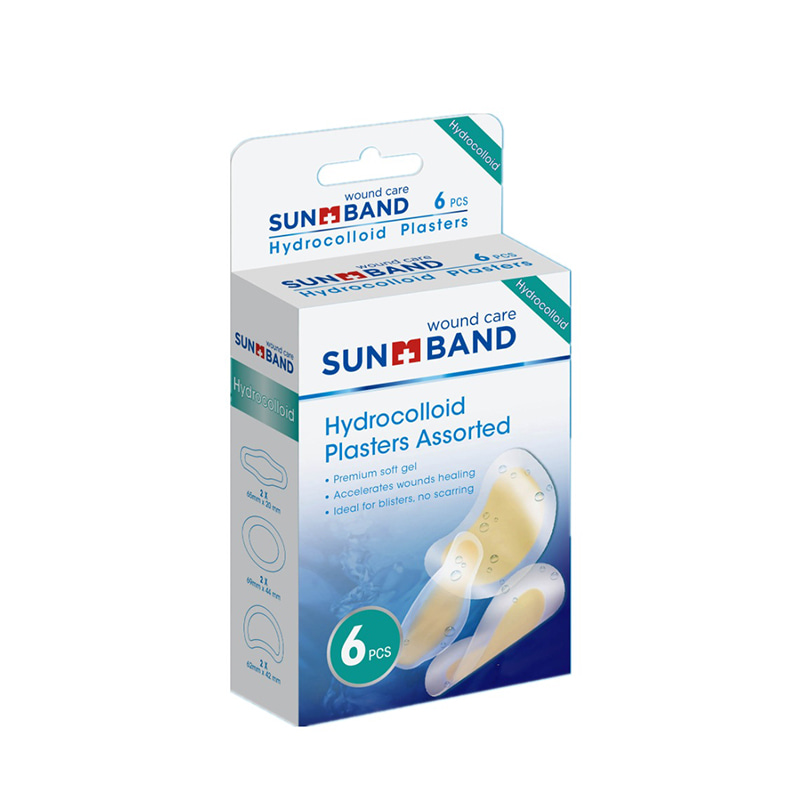
This type of Adhesive Bandages is waterproof and suitable for use when bathing or swimming. They can effectively protect wounds from moisture and bacteria.
Elastic bandages designed for joints, such as elbows and knees, can stretch with body movement, reduce discomfort, and maintain protection.
This bandage has antibacterial ingredients added to the absorbent pad, which can effectively prevent wound infection and is suitable for minor wounds with a higher risk of infection.
Wound dressings are usually used for larger or deeper wounds, with stronger absorption and fixation to help healing.
The function of bandages is not just to cover the wound. Their main roles in wound treatment include:
Bandages provide a physical barrier to the wound to prevent the invasion of dust, bacteria and other contaminants.
By keeping the wound moist, bandages help speed up the healing process and reduce pain and discomfort.
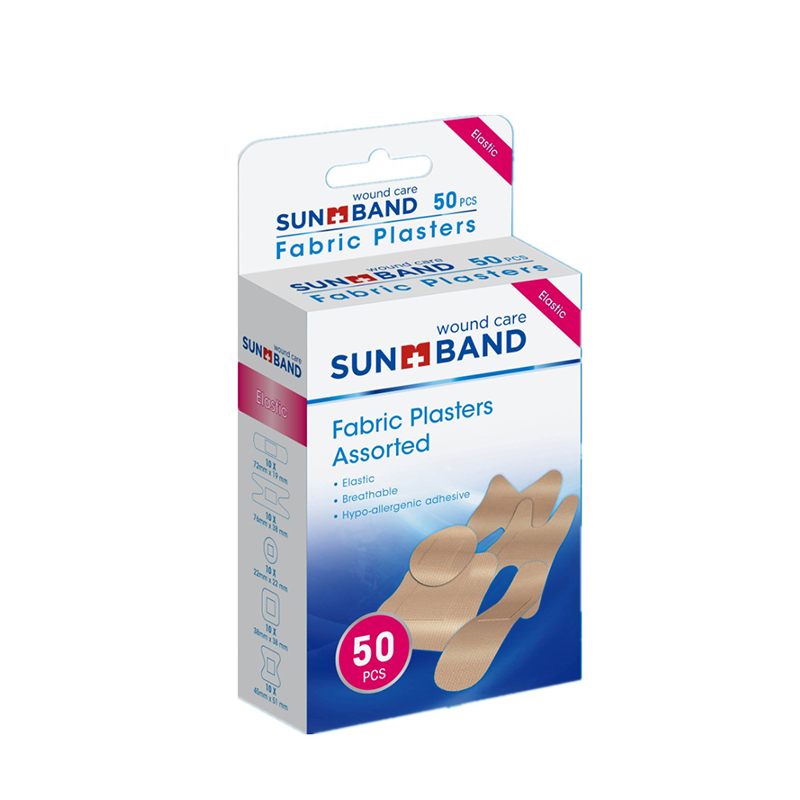
The absorbent pad of the bandage can help control bleeding in small wounds and prevent further damage.
High-quality bandages are designed to be comfortable and avoid friction and irritation to the skin.
Tips for using bandages correctly
To ensure the effectiveness of bandages, here are some tips for correct use:
Before applying a bandage, be sure to clean the wound thoroughly. You can use warm water and mild soap to wash it to ensure that there is no dirt and bacteria left. After cleaning, pat dry with a clean cloth.
Choose the right Band-Aid according to the size and type of the wound. Make sure the absorbent pad of the Adhesive Bandages can completely cover the wound and the adhesive part should fit the skin firmly.
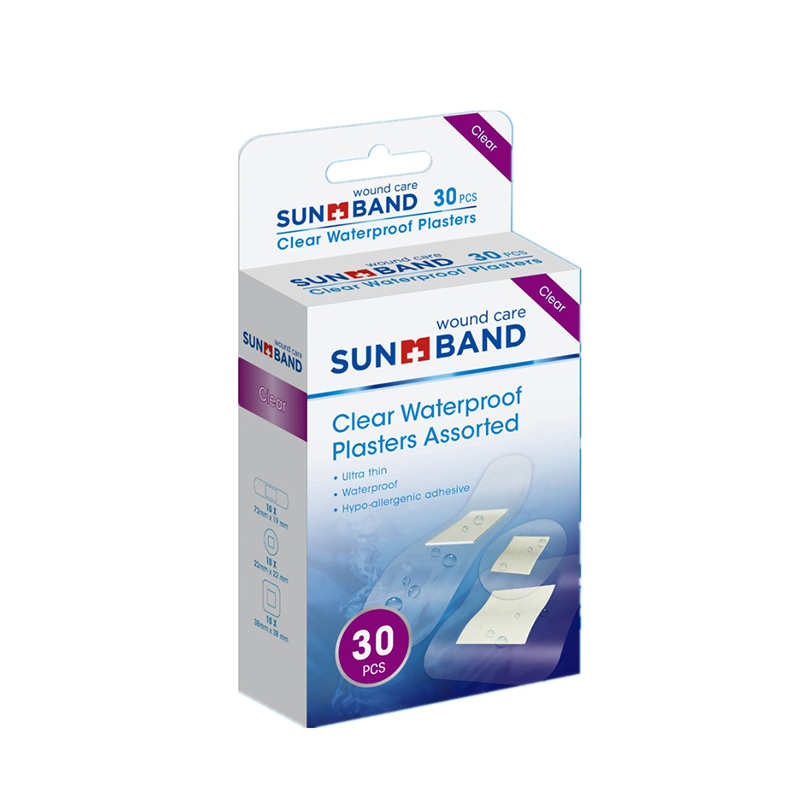
Tear off the protective film of the Adhesive Bandages and gently apply it to the wound, making sure the absorbent pad completely covers the wound. Avoid pulling the Adhesive Bandages hard to avoid skin discomfort.
Change the Adhesive Bandages regularly according to the healing of the wound. If the Adhesive Bandages falls off, is wet or dirty, it should be replaced in time to keep the wound clean and dry.
Adhesive Bandages play an important role in our lives, helping us to quickly deal with minor wounds and abrasions. Understanding the functions of different types of Adhesive Bandages and their correct use can help us better protect the health of ourselves and others. In daily life, having several different types of Adhesive Bandages is not only convenient and practical, but also can provide timely medical care for you and your family when needed. Whether it is a small accident in daily life or an abrasion during sports, Adhesive Bandages are an important assistant in our health management.
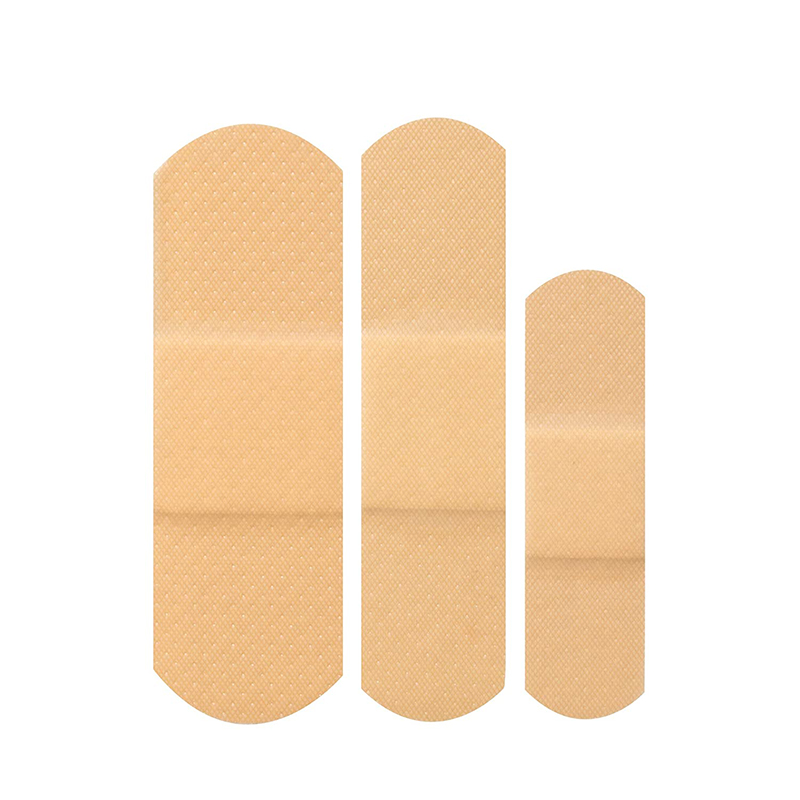

 English
English Español
Español русский
русский Français
Français Deutsch
Deutsch By Admin
By Admin



